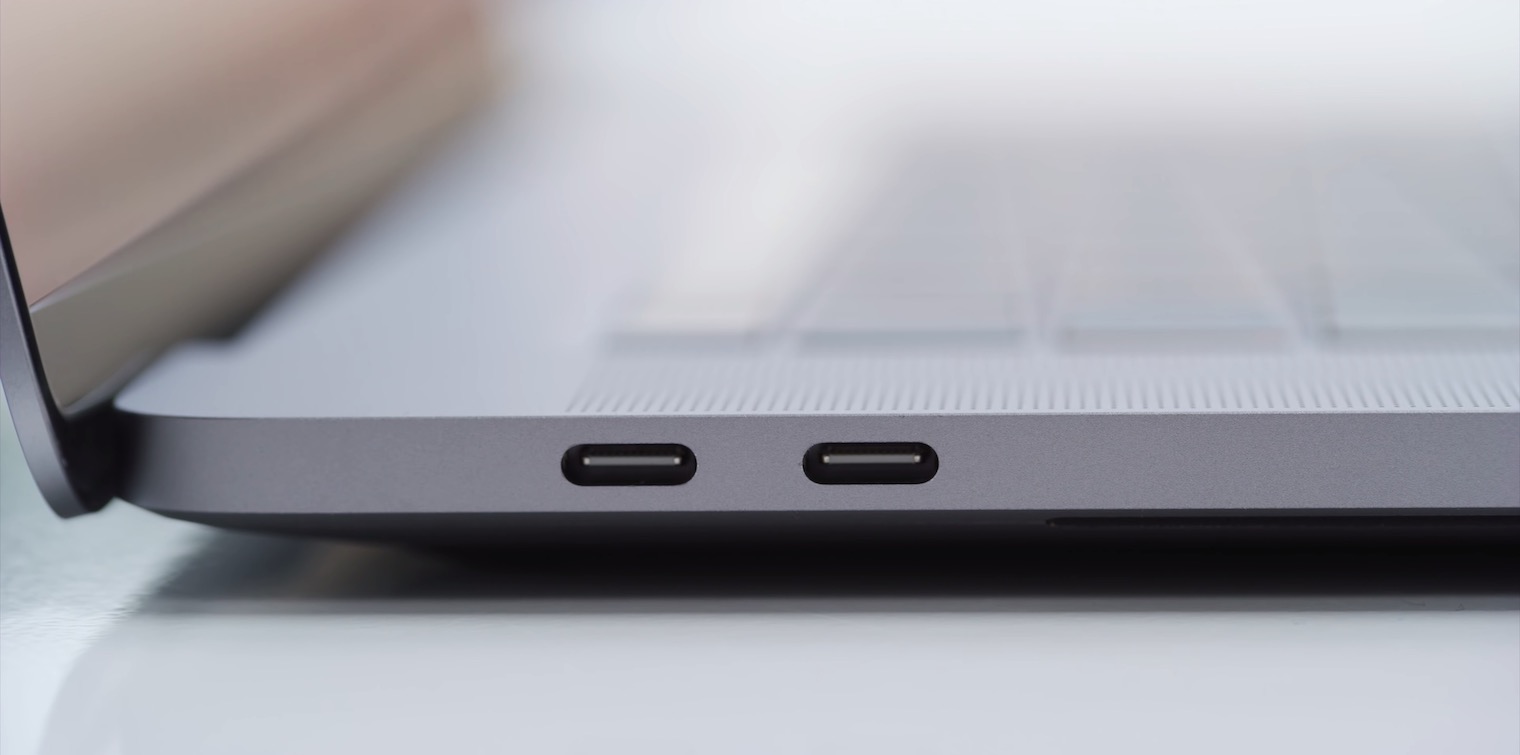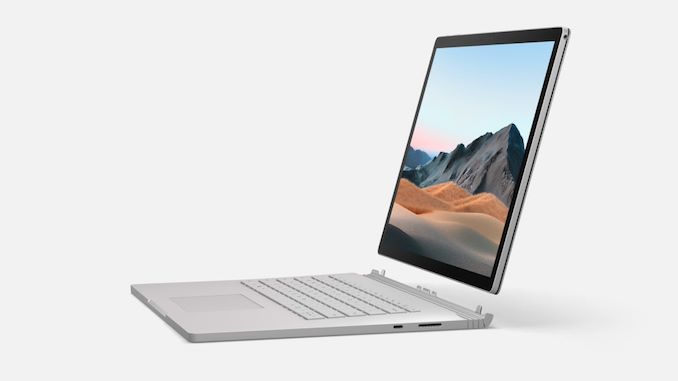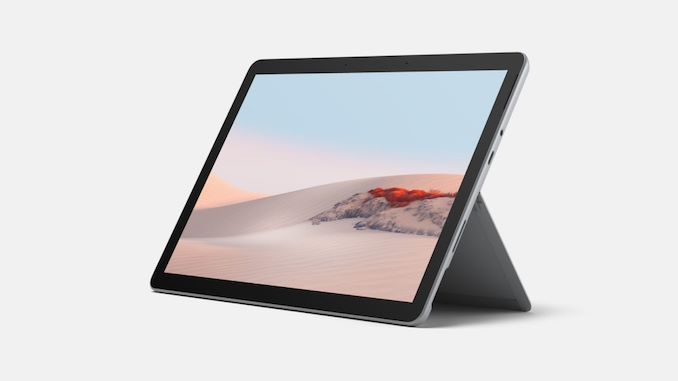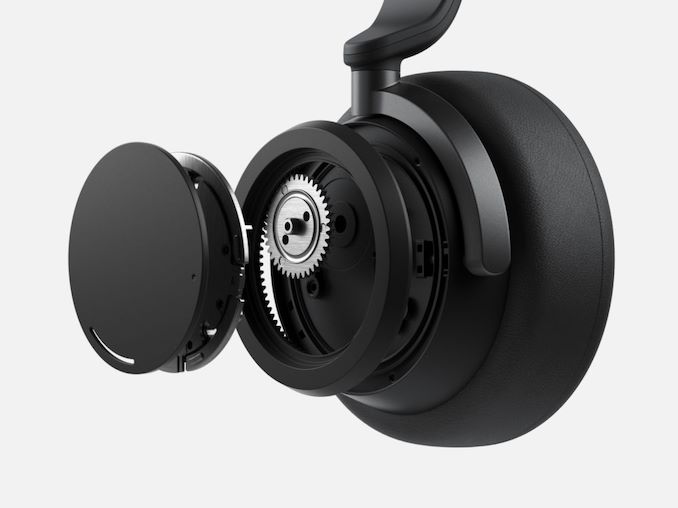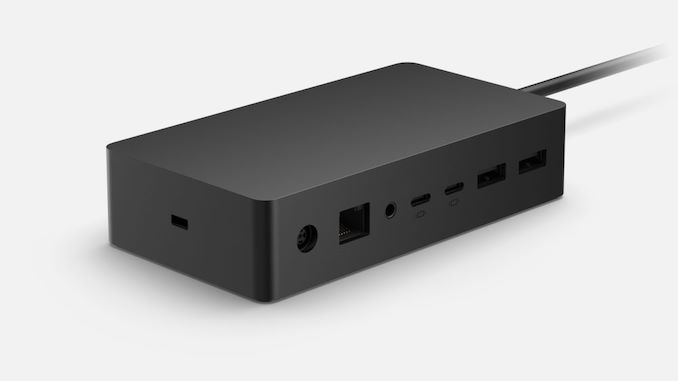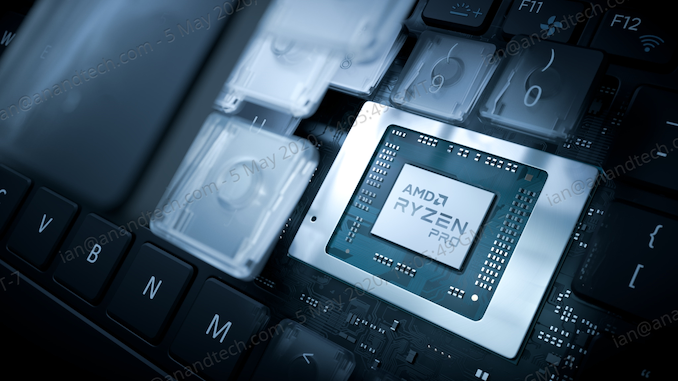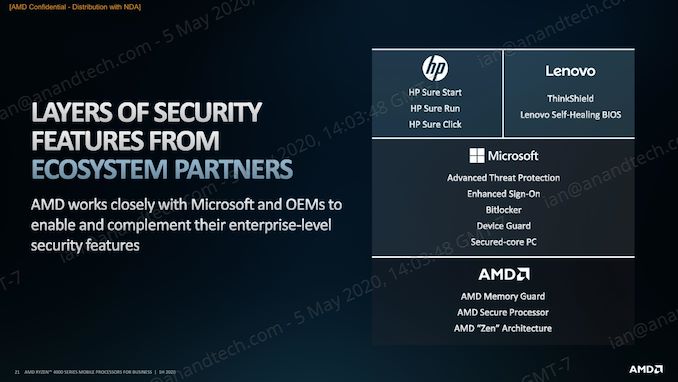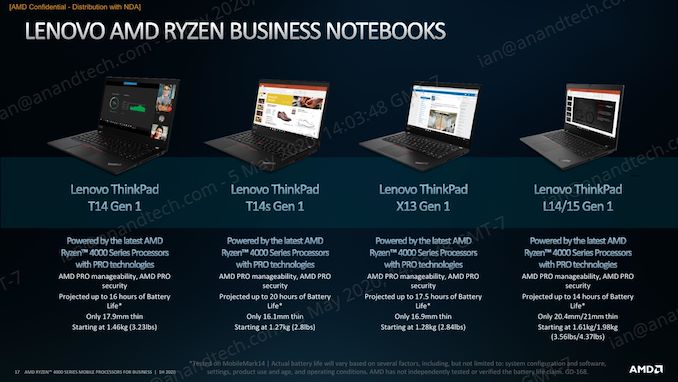In this summary article, we recall the most important events that took place in the IT world over the past 7 days.
It could be interest you
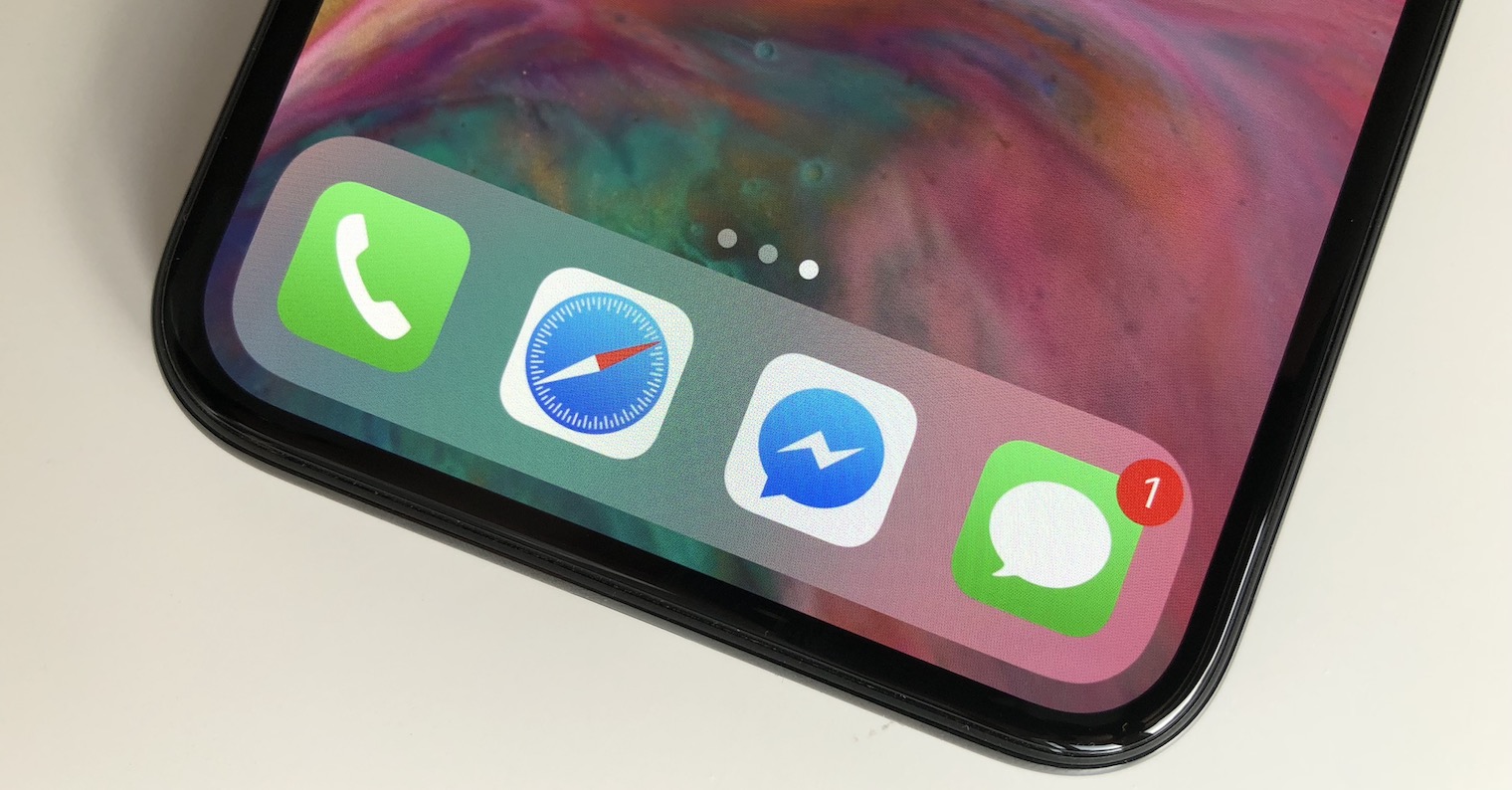
The USB 4 connector should finally become the main "universal" connector
Connector USB in recent years, more and more work has been done on how to they expand his ability. From the original intention of connecting peripherals, through sending files, charging connected devices, to the ability to transmit an audio-visual signal in very good quality. However, thanks to the very wide options, there was a kind of fragmentation of the entire standard, and this should be solved already 4st generation this connector. USB 4th generation should arrive on the market still this year and the first official information indicates that it will be about very capable connector.
The new generation should offer twice transmission speed compared to USB 3 (up to 40 Gbps, same as TB3), in 2021 there should then be integration standard DisplayPort 2.0 to USB 4. This would make USB 4th generation an even more versatile and capable connector than the current generation and the first iteration of the future one. In its peak configuration, USB 4 will support video transmission of resolution 8K / 60Hz and 16K, thanks to the implementation of the DP 2.0 standard. The new USB connector practically absorbs all the functionality of what is (relatively) commonly available today Thunderbolt 3, which until recently was licensed to Intel, and which used the USB-C connector, which is very widespread today. However, the increased complexity of the new connector will bring problems with its many variants, which will certainly appear. "Whole"The USB 4 connector will not be completely common and some of its functions will appear in various devices impoverished, mutation. This will be quite confusing and complicated for the end customer - a very similar situation is already happening in the USB-C/TB3 field. Hopefully the manufacturers will deal with it better than it has been so far.
AMD is working with Samsung on very powerful mobile SoCs
Currently, processors from Samsung are a laughing stock for many, but that could soon be the end. The company announced about a year ago strategic cooperation s AMD, from which it should come out new graphic processor for mobile devices. This will be implemented by Samsung in its Exynos SoCs. Now the first ones have appeared on the website escaped benchmarks, which suggest what it might look like. Samsung, together with AMD, aims to dethrone Apple from the performance throne. The leaked benchmarks do not indicate whether they will succeed, but they can give an indication of how they will perform in practice.
- GFXBench Manhattan 3.1: 181.8 frames per second
- GFXBench Aztec (Normal): 138.25 frames per second
- GFXBench Aztec (High): 58 frames per second
To add context, below are the results achieved in these benchmarks by the Samsung Galaxy S20 Ultra 5G with the processor Snapdragon 865 and GPU Adreno 650:
- GFXBench Manhattan 3.1: 63.2 frames per second
- GFXBench Aztec (Normal): 51.8 frames per second
- GFXBench Aztec (High): 19.9 frames per second
So, if the information above is based on truth, Samsung may have a big deal on its hands That, with which (not only) Apple wipes its eyes. The first SoCs created on the basis of this collaboration should reach commonly available smartphones by next year at the latest.
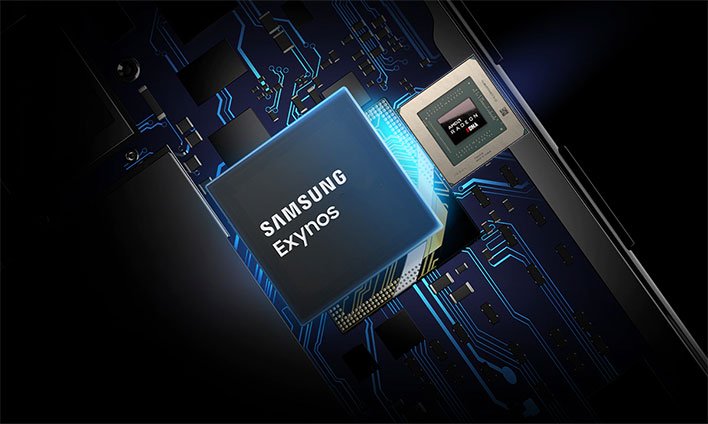
The specifications of the direct competitor SoC Apple A14 have leaked on the Internet
Information that should describe the specifications of the upcoming high-end SoC for mobile devices - Qualcomm - has reached the web Snapdragon 875. It will be the first ever Snapdragon to be produced 5nm manufacturing process and next year (when it will be introduced) it will be the main competitor for SoC Apple A14. According to published information, the new processor should contain Kryo-CPU 685, based on kernels ARM Cortex v8, together with the graphics accelerator Adreno 660, Adreno 665 VPU (Video Processing Unit) and Adreno 1095 DPU (Display Processing Unit). In addition to these computing elements, the new Snapdragon will also receive improvements in the field of security and a new co-processor for processing photos and videos. The new chip will arrive with support for a new generation of operating memories L and of course there will also be support for (then perhaps more available) 5G network in both main bands. Originally, this SoC was supposed to see the light of day by the end of this year, but due to current events, the start of sales was postponed by several months.
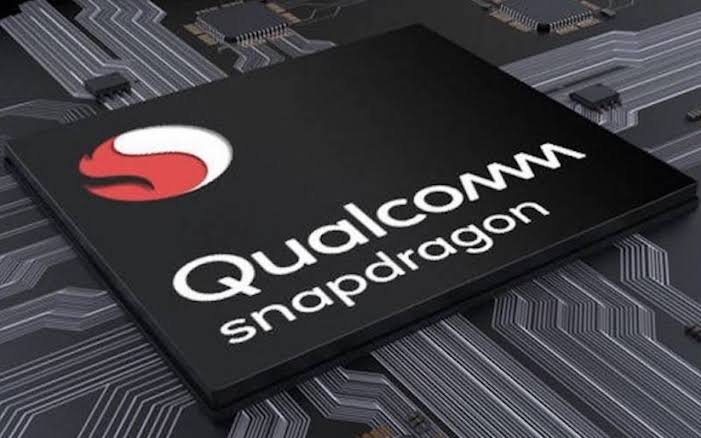
Microsoft introduced new Surface products for this year
Today, Microsoft introduced updates to some of its products in the product line Surface. Specifically, it is a new one Surface Book 3, Surface Go 2 and selected accessories. Tablet Surface Go 2 received a complete redesign, it now has a modern display with smaller frames and a solid resolution (220 ppi), new 5W processors from Intel based on the architecture Amber Brine, we also find double microphones, 8 MPx main and 5 MPx front camera and the same memory configuration (64 GB base with the option of 128 GB expansion). A configuration with LTE support is a matter of course. Surface Book 3 did not experience any major changes, they took place mainly inside the machine. New processors are available Intel Core 10th generation, up to 32 GB of RAM and new dedicated graphics cards from nVidia (up to the possibility of configuration with a professional nVidia Quadro GPU). The charging interface has also received changes, but the Thunderbolt 3 connector(s) is still missing.
In addition to the tablet and laptop, Microsoft also introduced new headphones Surface Headphones 2, which follow the first generation from 2018. This model should have improved sound quality and battery life, a new earcup design and new color options. Those interested in smaller headphones will then be available Surface Earbuds, which are Microsoft's take on fully wireless earbuds. Last but not least, Microsoft also updated its Surface Dock 2, which expanded its connectivity. All of the above products will go on sale in May.
AMD introduced (professional) processors for notebooks
With AMD already being talked about in a big way today, the company decided to take advantage of it and announced a new “professional" row mobile processors. These are chips that are more or less based on the 4th generation mainstream consumer mobile chips that the company introduced 2 weeks back. Their Pro however, the variants differ in several respects, especially in the number of active cores, the size of the cache and additionally offers some "professional” functions and instruction sets that are available in common “consumer” CPUs they are not. This involves a more thorough process certification and hardware support. These chips are intended for massive deployment in enterprise, business and other similar sectors where bulk purchases are made and devices require a different level of support than traditional PCs/laptops. The processors also include improved security or diagnostic functions such as AMD Memory Guard.
As for the processors themselves, AMD currently offers three models – Ryzen 3 Pro 4450U with 4/8 cores, 2,5/3,7 GHz frequency, 4 MB L3 cache and iGPU Vega 5. The middle variant is Ryzen 5 Pro 4650U with 6/12 cores, 2,1/4,0 GHz frequency, 8 MB L3 cache and iGPU Vega 6. The top model is then Ryzen 7 Pro 4750U with 8/16 cores, 1,7/4,1 GHz frequency, identical 8 MB L3 cache and iGPU Vega 7. In all cases, it is economical 15 W chips.
According to AMD, these news are up to o 30% more powerful in monofilament and up to o 132% more powerful in multi-threaded tasks. Graphics performance has increased by a fraction between generations 13%. Given the performance of AMD's new mobile chips, it would be great if they appeared in MacBooks. But it is rather just wishful thinking, if not a real matter. This is of course a huge shame, as Intel is currently playing second fiddle.
